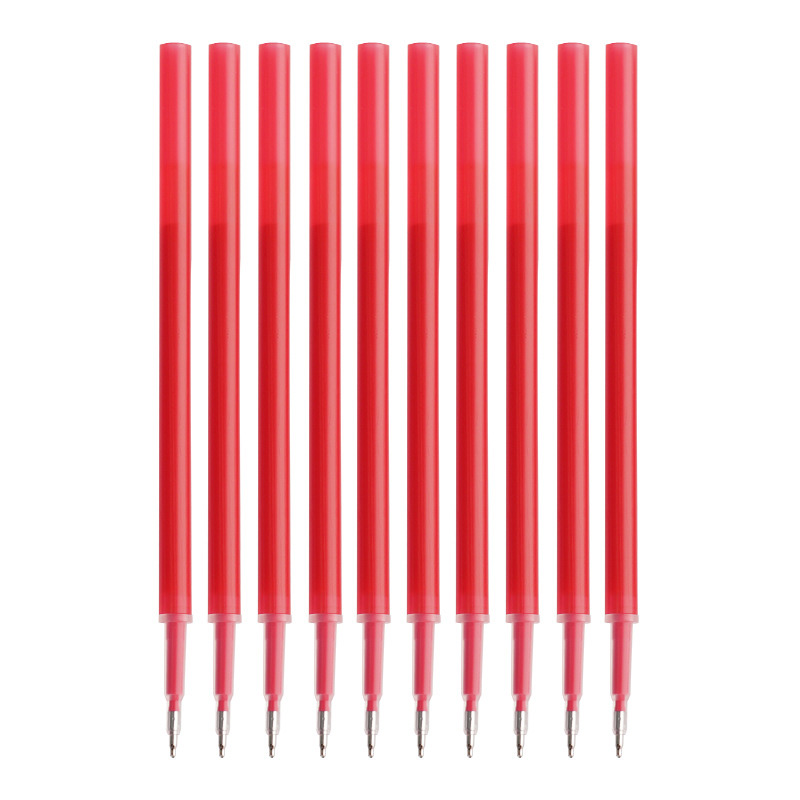Ballpoint pen refills, traditionally viewed as secondary accessories, are increasingly at the forefront of innovation. Industry leaders and emerging players alike are enhancing refill quality to cater to a generation of consumers who value durability, consistent performance, and environmental consciousness.
Rising Demand for Reusable Solutions
The modern consumer's appetite for sustainable alternatives has led to a spike in demand for refillable writing instruments. Ballpoint pen refills offer a clear advantage: they extend the life of pens, reduce plastic waste, and deliver long-term cost savings. This has prompted both manufacturers and retailers to reevaluate how they market and design their pen offerings.
"Refillable ballpoint pens are no longer niche products," says Andrea Lin, product director at a stationery brand. "We're seeing substantial growth in refill sales, especially in regions where environmental awareness is high. People are investing in high-quality pen bodies and reusing them, rather than buying disposable options."
Innovations in Ink Formulation
Another major factor driving the ballpoint pen refill market is the evolution of ink technology. Today’s refills are formulated to offer flow, intense pigmentation, and long shelf life. Advances in low-viscosity oil-based inks have improved smoothness and consistency while minimizing ink clogs and skips.
Manufacturers are also addressing traditional pain points such as smudging and drying time. Quick-dry formulations have become a standard expectation, particularly for left-handed users or professionals who need fast results without sacrificing clarity.
"Ink chemistry is a major area of R&D right now," says Michael Tanaka, a chemical engineer specializing in writing materials. "Companies are balancing performance with safety, ensuring that their inks are both effective and free of harmful solvents. This also opens the door for new applications in premium and archival writing."
Standardization and Compatibility
To support consumer flexibility, many brands are adopting standardized refill sizes that are compatible with multiple pen models. This shift toward universal refills reduces consumer confusion and waste, offering greater convenience and utility.

Some companies are even launching cross-brand compatibility initiatives. By offering refills that fit competitors’ pens, they’re opening up new markets while also promoting sustainability. The result is an ecosystem in which the refill becomes just as valuable as the pen itself.
The Luxury Segment Embraces Refills
Luxury and executive pen manufacturers have also embraced the refill revolution. While premium pens have long been designed for longevity, the quality and branding of compatible refills have become key differentiators.
Consumers who invest in luxury pens are increasingly seeking refill options that match the original writing experience. This has led to the creation of high-end refill lines with customized tip widths, ink colors, and packaging.
"Customers now expect their refills to be just as refined as their pens," notes Pierre Durand, marketing head at a European luxury pen maker. "We’ve responded by introducing refill collections that cater to personalization and brand loyalty."
Digital Integration and Smart Pens
In parallel, the intersection of analog and digital writing continues to develop. Smart pens — equipped with digital sensors to capture handwriting electronically — often require special refills that maintain ink flow while working with digital surfaces.
These pens have created a new niche within the refill market. The refills must provide traditional smoothness while allowing accurate signal transmission to the associated digital software. As digital note-taking grows in popularity, especially in educational and corporate settings, refill manufacturers are exploring new coatings and formulations that work with hybrid pen technologies.
Market Outlook
According to a recent industry report, the global ballpoint pen refill market is projected to grow at a compound annual growth rate (CAGR) of 4.3% over the next five years. Growth is expected across Asia-Pacific and Europe, with North America showing strong interest in eco-friendly office supplies.
Key players in the market include long-established names like Pilot, Parker, Bic, and Uni-ball, alongside niche and artisanal brands. As sustainability and customization continue to influence buying behavior, these companies are racing to innovate while keeping prices competitive.